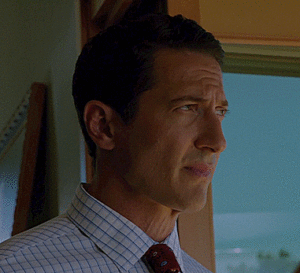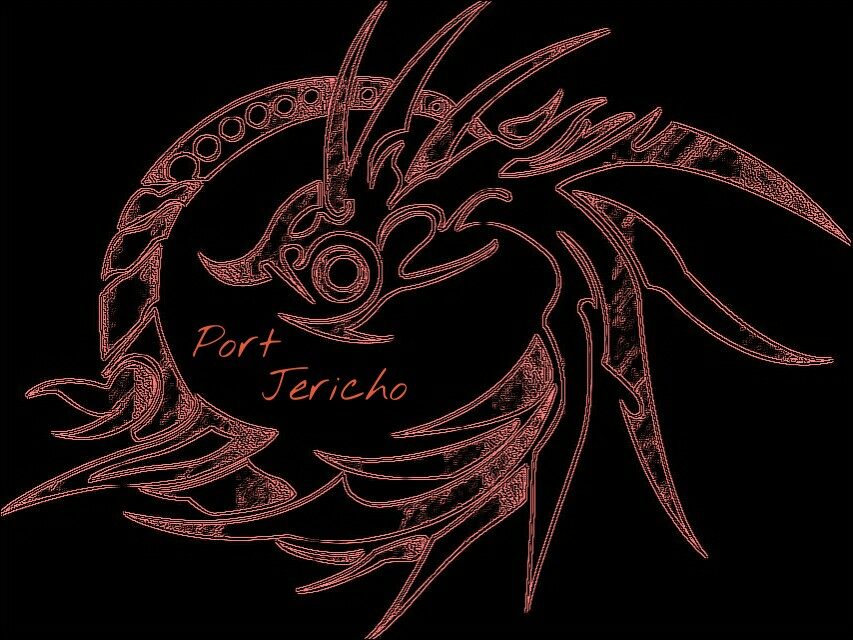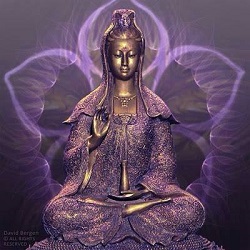Archetypes
Before we go any further, I wish to stress that, while ‘Heroine’ is generally regarded as feminine and ‘Hero’ is generally regarded as masculine, it is quite possible to have a female ‘Hero’ and a male ‘Heroine’. For myself, I find these two particular terms to be rather labelling and would prefer not to use them, but I’ve yet to come up with alternatives that I do prefer.
So, what exactly is a Heroine, anyway? The Oxford English Dictionary defines a heroine as ‘a person, typically a woman, who is admired for their courage, outstanding achievements, or noble qualities’. When dealing with archetypes,, it is a person who follows the pattern of the Heroine’s Journey, in some form or another. While this Heroine may be courageous and noble, it is her potential for self-sacrifice that stands out.
Other archetypes present themselves in the Heroine’s Journey:
*Mentor- a person (or thing) that will provide insight, inspiration and motivation for the Heroine. Example: Dumbledore, for Harry Potter, in the Harry Potter series; Aunt Mae, for Nick Burkhart, in Grimm.

*Threshold Guardians- they protect the secrets that the Heroine needs access to. She must prove her worth in order to access them. They are not always ‘human’. Example: Phurba, for Lamont Cranston, in The Shadow; Fluffy, for Harry Potter, in Harry Potter and the Philosopher’s Stone.
*Herald- that which issues a challenge to the Heroine, often the Call to Adventure, though Heralds may show up more than once during the Journey. Example: C3PO and R2D2, for Luke Skywalker, in Star Wars; Robert Queen, for Oliver Queen aka Green Arrow, in Arrow.
*Shapeshifter- that which misleads the Heroine and conceals true intentions and loyalties. Example: Capt. Sean Reynard, for Detective Nick Burkhart, in Grimm; Meg and Castiel, for the Winchesters, in Supernatural.

*The Shadow- represents the Heroine’s darkest desires, untapped potential and rejected qualities, as well as their greatest fears. A physical force determined to destroy the Heroine. Example: Dark Archer, for Oliver Queen aka Green Arrow, in Arrow; Shiwan Khan, for Lamont Cranston, in The Shadow.
*Trickster- that which delights in disrupting the status quo. They transform the world and its inhabitants with their antics and often use laughter (or ridicule) to demonstrate the absurdity of situations and/or to force a change. Example: Loki aka Gabriel, for the Winchesters, in Supernatural; The Falconer and the Grey King, for Locke Lamora, in The Lies of Locke Lamora.

The Heroine’s Journey
The journey of the Heroine is a different one from the journey of the Hero. Here, the person in question must go deep within themselves. They are constantly changing, throughout the journey. Their actual awakening is at or near the beginning of the journey and the rest of the journey is a process of alchemic rebirthing. The Heroine isn’t driven by ego as much as the Hero is. This leaves her more open to identification, empathy/sympathy, and mystical experiences. Unlike the Hero, who may rebel against his path, the Heroine is more openly accepting of what must be done. A Heroine must learn to take or accept power, whereas the Hero must learn to relinquish power.
A female setting out to claim her power isn’t generally supported. The Hero gets the benefit of being supported in his Journey by friends and allies and is usually seen off with the blessings of the community. Not so for the Heroine. A woman who leaves her family or community in an attempt to claim her rightful power is usually shunned. She is trying to leave social/cultural roles deemed acceptable for her and this causes friction in the community. A Heroine often meets with much more adversity throughout her journey because of this.
‘The journey of the Heroine is about saying yes to the true self and, in so doing, to become more fully alive and effective in the world.’
~Maureen Murdock
*Cambell, Joseph, The Hero with a Thousand Faces, 1972
*Frankel, Valerie, From Girl to Goddess: The Heroine’s Journey through Myth and Legend, 2010
*Murdock, Maureen, The Heroine’s Journey, 1990
*Schmidt, Victoria, Story Structure Architect, 2005
*Schmidt, Victoria, 45 Master Characters, 2007
*Volger, Christopher, Writer’s Journey, 1992
***Next up: The Mythic Feminine, Part 3: Christopher Vogler’s variation of the Heroine’s Journey


